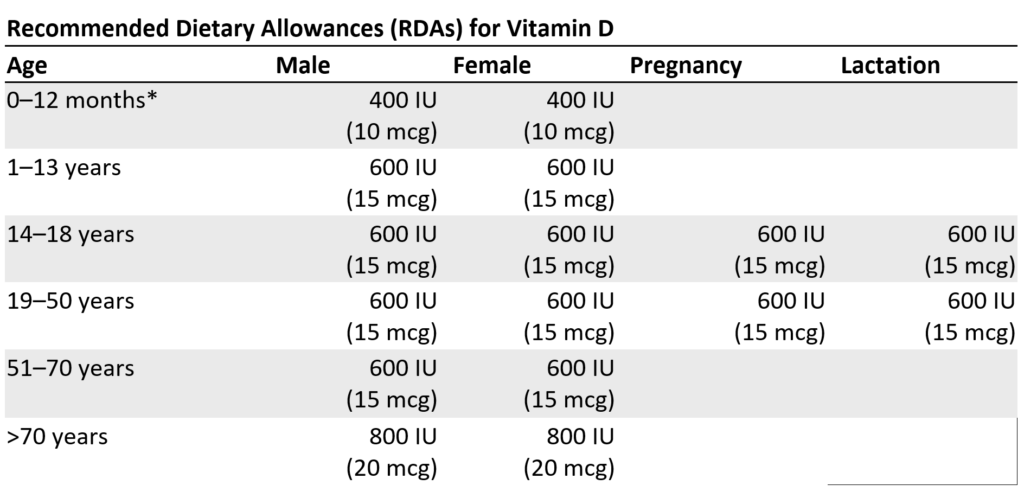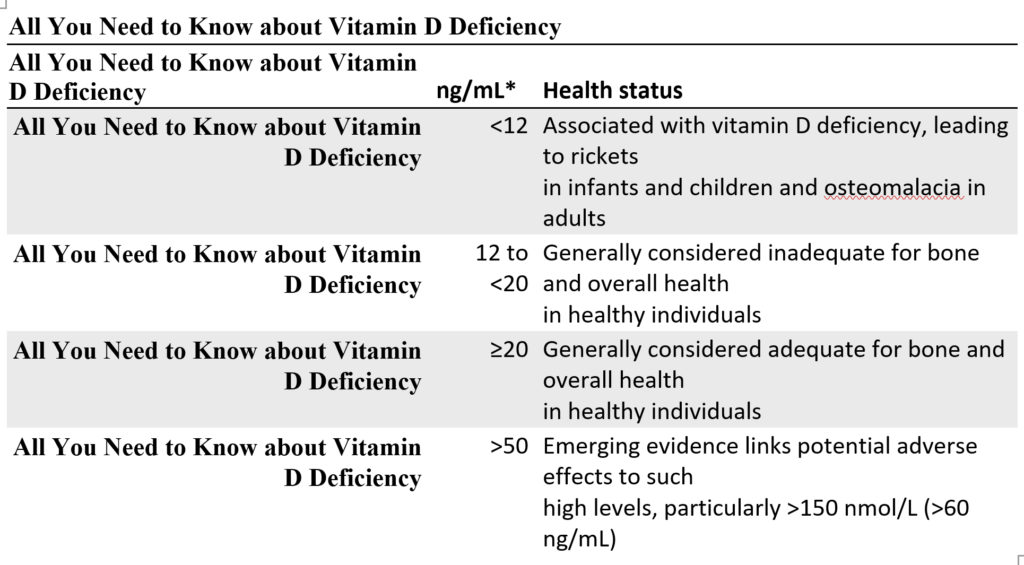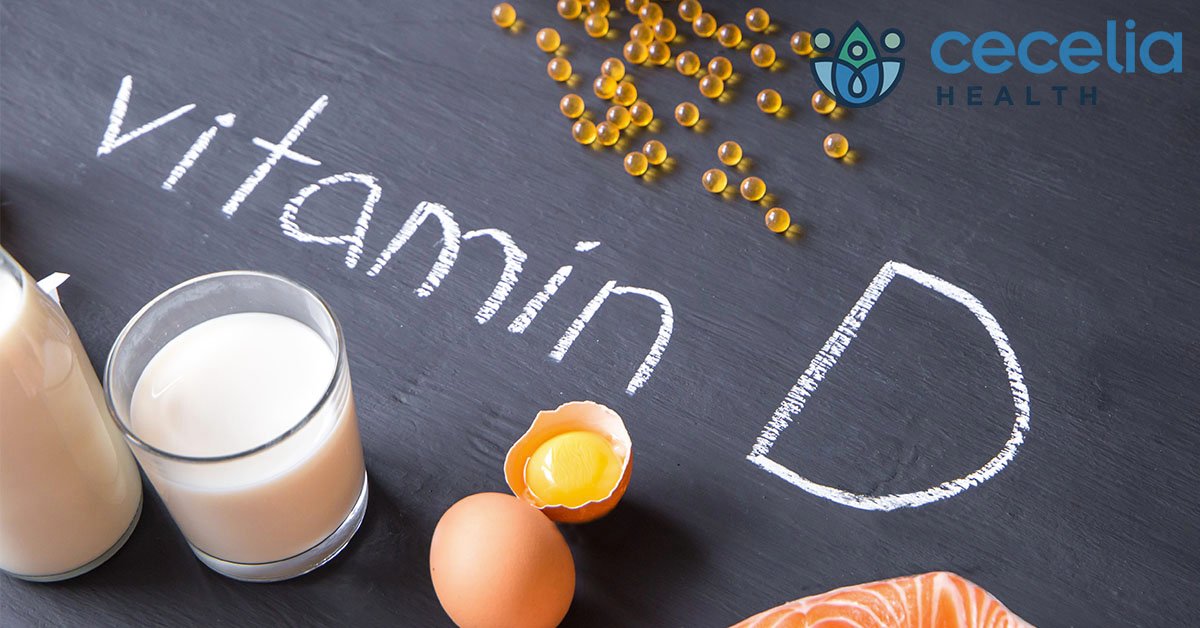Vitamin D is crucial for many functions in the body. Working closely with parathyroid hormone, vitamin D controls calcium and phosphorous levels, which are necessary for strong bones, muscle contraction, nerve conduction, and the general function of all our cells. This fat-soluble vitamin is technically not a vitamin, as it can be made from cholesterol in the skin upon exposure to UV light.
Vitamin D interacts with more than 30 different tissues in the body and affects more than 1,000 genes. In other words, it’s important for a whole lot of things other than your bones! There are two primary forms of Vitamin D:
- Vitamin D2 (ergocalciferol) presents in plants
- Vitamin D3 (cholecalciferol) present in the liver, skin of animals, which further gets converted to 25-hydroxyvitamin D (calcidiol) in the liver and then becomes the active form 25-dihydroxyvitamin D (calcidiol) in the kidneys.
Research suggests vitamin D may reduce cancer cell growth, the risk for infectious disease, multiple sclerosis, osteoporosis, and heart disease; as well as assisting in the absorption and retention of calcium and phosphorous, and preserves muscle strength and reduces falls in elders.
A recent meta-analysis by National Osteoporosis Foundation show that eight studies (n= 30,970 participants) found that calcium plus vitamin D supplementation produced a statistically significant 15 % reduced risk of total fractures and 30 % reduced risk of hip fractures. The dose of calcium given in the study was around 1000 mg per day and vitamin D3 800 IU per day.
Food Sources of Vitamin D
Humans can make vitamin D following exposure to sunlight. When it comes to eating foods with vitamin D, it can be difficult to obtain it from the diet. Often times food fortification and sun exposure are the easiest way to get vitamin D.
The majority of dietary vitamin D in United States is from artificial fortification of milk, breakfast cereals, and orange juice. Herring, salmon, sardines, and fish liver oils good natural sources, small amounts in eggs, beef, butter.
To get 600 IU of vitamin D you would need to eat:
- 3–4 ounces sockeye salmon, cooked
- 4 ounces water-packed tuna
- 26 oil-packed sardines
- 15 large eggs
- 5 cups fortified milk
- 30-45 ounces yogurt
Vitamin D Deficiency vs. Insufficiency
In 2011 the Endocrine Society guideline on the treatment and prevention of vitamin D deficiency agreed with this 20 ng/ml level. But the guideline classified levels from 21 to 29 ng/ml as “insufficient” and recommended that people aim for a level of 30 ng/mL or higher.
Severe deficiency during infancy or childhood leads to rickets or weak malformed bones and seizures caused by very low levels of calcium.
In adults, deficiency causes osteomalacia, characterized by weak and painful muscles and bones. For the vast majority of people, mild deficiencies do not produce any overt signs.
The Food and Nutrition Board has stablished vitamin D recommended levels according to age. Here is how much is considered adequate to take daily.

Here is how much is considered adequate in blood test results.

If you’re worried that you may be deficient in vitamin D, consider having healthcare provider check your levels.
